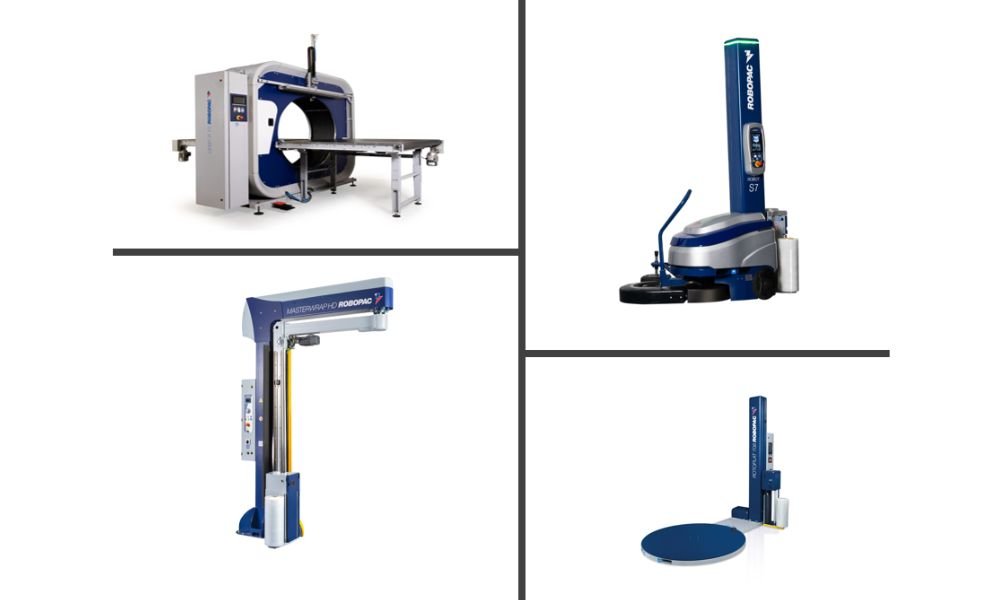Photoluminescent marking and signs have evolved since the 1980s, resulting in increased safety in buildings, airports, multiple occupancy housing units, parking lots, and other locations. A photoluminescent system benefits people across the international community, including visually impaired individuals.
Discover the benefits, along with a brief history of photoluminescent systems.
A Brief history of photoluminescence
Facilities Net explains that the aftermath of accidents that resulted in multiple deaths first led to modifications to directional exit markings, and pathway markings. After the 1993 bombing of the World Trade Center, both New York and New Jersey installed photoluminescent pathway marking in stairwells.
Photoluminescent (PL) signs, markings, and pathways evolved throughout the early 1990s and early 2000s, bringing about new guidelines and regulations for PL that aided in egress paths.
Today’s photoluminescent system approaches to pedestrian safety, including the visually impaired, likely offers significant safety improvements over previous emergency safety and preparedness.
What are the benefits of photoluminescent products?
A photoluminescent system eliminates the possible risks associated with means of egress, and emergency visual cues in event of a power outage. Traditional directional markings potentially do not work when an outage occurs, even if there is a backup generator system. The Photoluminescent Safety Products Association (PSPA) reveals that photoluminescent systems do not need electricity to glow in darkness, and that the system lights the way for people, even when there are smoke conditions.
Individuals with visual impairments possibly have difficulty reading traditionally lighted signs or tape markings. The emission of light and degree of PL illumination, which is not dependent on any traditional light source, provides a distinct appearance, with high performance in areas served by a photoluminescent system.
The International Building Code (IBC) requirements for photoluminescence in exit path markings provide significant safety improvements over traditional exit and path markings. Photoluminescent systems offer proven technology, durability, and an economical means of providing life safety markings, that are not reliable on an external power source.
The technology used in photoluminescent products and systems allows for signs, markings, and walking surfaces to blend into the surroundings during daylight, and then light up and glow at night, or in darkness. This allows pedestrians to see walking surfaces and parking lot surfaces more clearly, and any changes in surface, improving visibility and safety.
The future of photoluminescent systems
Photoluminescence features demonstrated lifesaving technology. Some survivors of the 9/11 attack revealed that the photoluminescent markings in stairwells helped guide them during their escape.
Technology used in PL has advanced to the point where products are significantly brighter, and last significantly longer than early PL products and systems. The technology continues to evolve as an ideal means of safely providing an egress path, with distinct visual cues that potentially saves lives.










